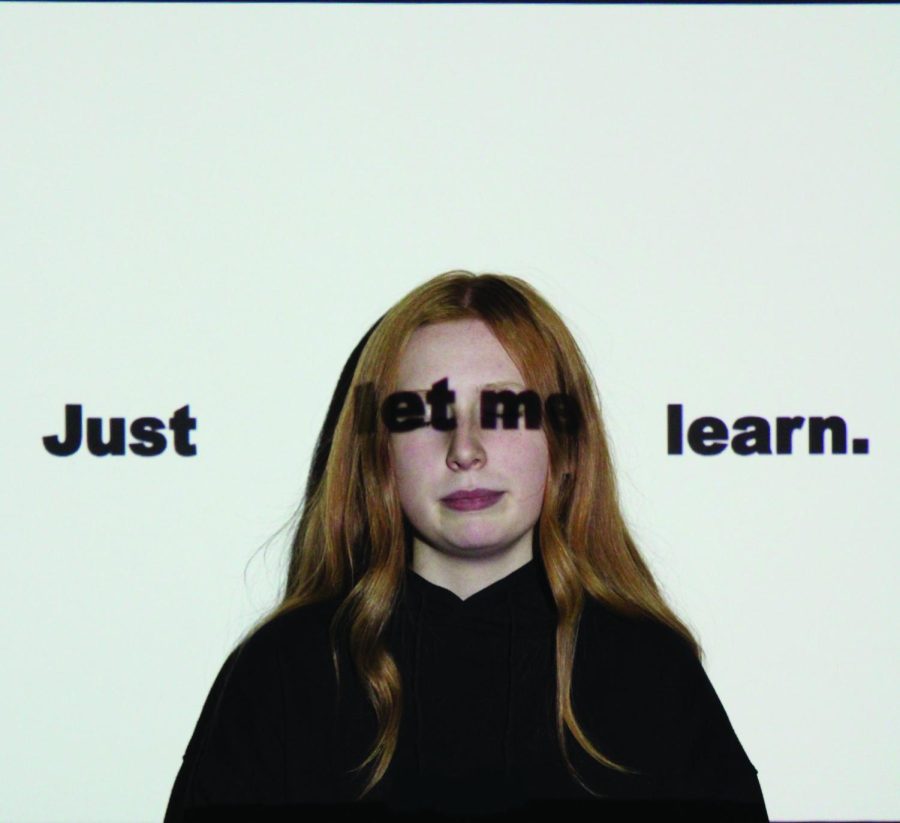Mature Audience
Filtering students to media is filtering them to what they can learn.
Rated R or TV-MA ratings indicates that the media is intended for a mature audience, usually ages eighteen plus. The ratings on a show or movie are there to indicate the suited audience. This has become a heated debate on whether or not this media should be watched in classrooms. If we keep the real world away from students, we are limiting them from there fullest potential to learn and grow.
Recently, I watched a documentary on Netflix called The 13th, a movie on the 13th Amendment and the history of racial inequality in the United State’s specifically in the prison system. This was rated TV-MA because it included violence, language and gory images, displaying real world problems.
Sometimes showing certain media to a classroom is fundamental for their learning. It also prepares and exposes them to the real world and their future, given that many will be graduating, becoming more independent making their own choices like voting. Coddling and sheltering them from the real life is only tampering their learning and growth.
“Teachers say movies can humanize abstract concepts for students in ways that books can’t. Many of the best historical films are R-rated, teachers say, but they strive to provide guidance to help students understand them,” San Francisco Gate said.
This media encourages them to think out side of the classroom rather than just doing a worksheet or reading from a textbook.
“Not only are students growing their knowledge of a topic, their learning it in an interesting way,” said sophomore Ari Johnson.
On the other hand, A PG-13, TV-MA or R-rated movie is rated to imply it’s recommended for a certain age: usually a mature adult. Not all students will be mature enough to fully understand it. When schools show students this media, students can be heavily influenced without the supervision of their parents. Some schools have put bans on books due to the same controversy.
According to Healthy Child, “The American Academy of Pediatrics strongly recommends co-viewing media which gives parents a chance to talk about what you’re hearing or seeing and how it fits into their family’s values.”
While this media can be seen as a negative influence, it can be a useful tool for students to better understand or sympathize with a topic.
A possible solution to this problem could be sending out forms to parents before watching and getting permission. This way, parents can determine whether or not they feel their child should watch it.




